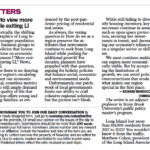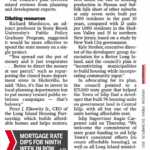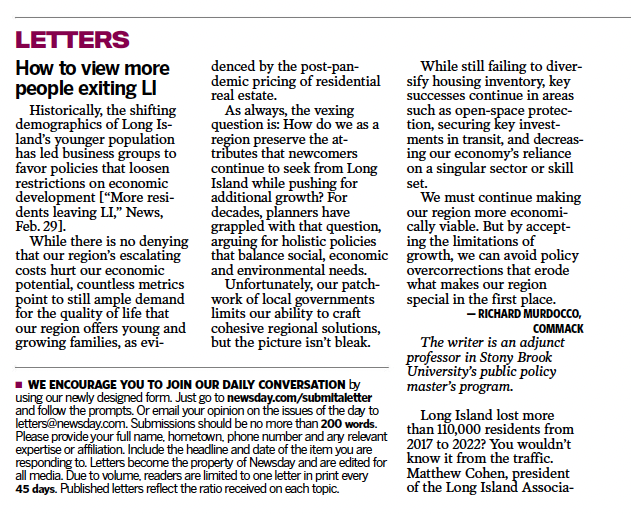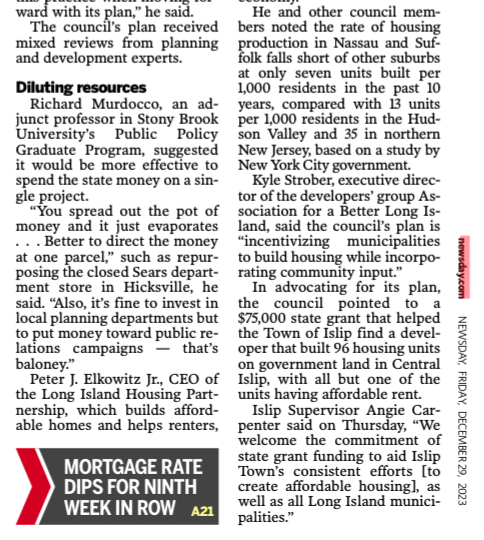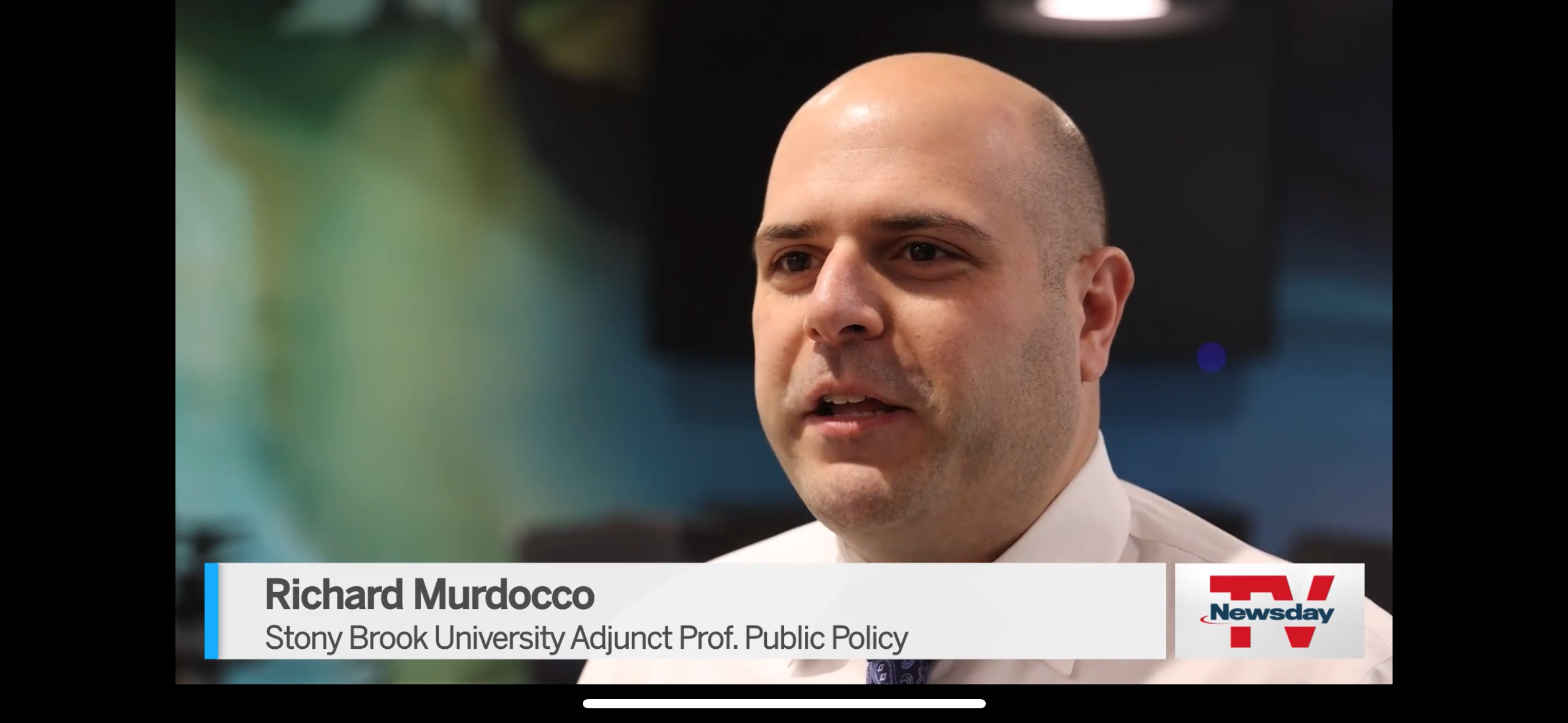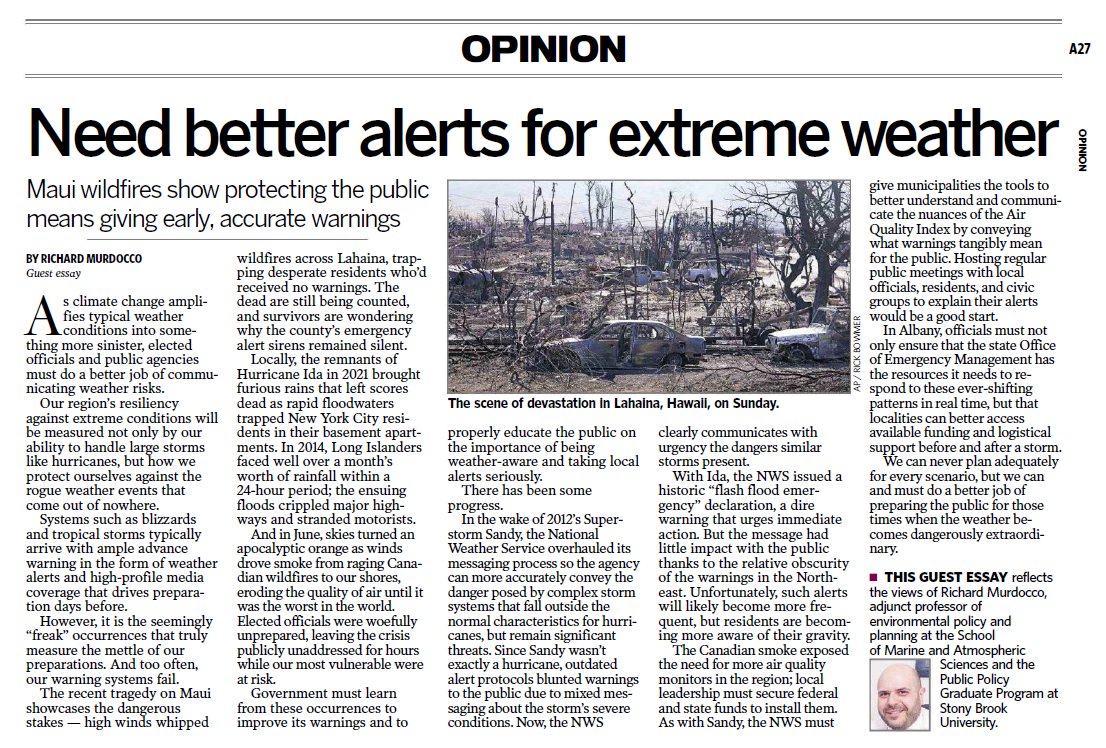In the Oct. 3 edition of LIBN, fellow policy writer Martin Cantor penned the following:
“Naysayers get caught in the weeds of survey methodology as justification for ignoring them but the trending message that two recent surveys send shouldn’t be overlooked by public policy makers.”
I, and other professionals like me, are proud to be labeled “naysayers.” Here is why it’s necessary for naysayers to get “caught in the weeds” as Mr. Cantor put it.
To justify Long Island’s multimillion-dollar economic development efforts based upon survey efforts that play fast and easy with standardized rules and proven techniques to ensure accuracy isn’t aligned to sound urban planning principles.
The problem is the current data doesn’t fit the narrative that these flawed surveys contribute to. As it turns out, not only has Long Island become more welcoming to multifamily developments in the recent decade, millennials aren’t leaving in droves. The population numbers, or building permits don’t lie.
When taking into account the recommendations made by groups like Destination Long Island, which has a close relationship with downtown developer Renaissance Downtowns, or smart growth advocacy group Vision Long Island, its necessary to “consider the source”, or take an analytic look at who, exactly, is driving these recommendations.
Are stakeholders the best groups to be in the driver’s seat for mapping out the region’s future? When considering the findings of these groups research, white papers and surveys, residents, policymakers and media outlets must consider the source.
While clustering growth downtown in some areas is appropriate, is it right to do so at every LIRR stop? Should the region consider tackling the complex issues of job availability, cost of living or school district consolidation instead of building upward?
A local urban planner once said that “all of the easy, buildable land is taken. The rest of the open parcels on Long Island have some sort of issue.” Considering the spat of rezonings, lawsuits and infrastructure concerns, they may be right.
Once, we lived on an island where careful thought was given to what and the where we needed to build, preserve and reclaim.
Now, all we get are the scraps of a once nationally acclaimed process, driven by agenda-driven groups (and this is nothing sinister; each group has their own motives and style of approach) that ignore the urban-planning process, whose principal force is scientific data. This approach stands in stark contrast to what we currently do: pursue a strategy that favors a convenient narrative – density equals prosperity, development equals more wealthy millennials.
The residents of Nassau and Suffolk counties deserve better.




